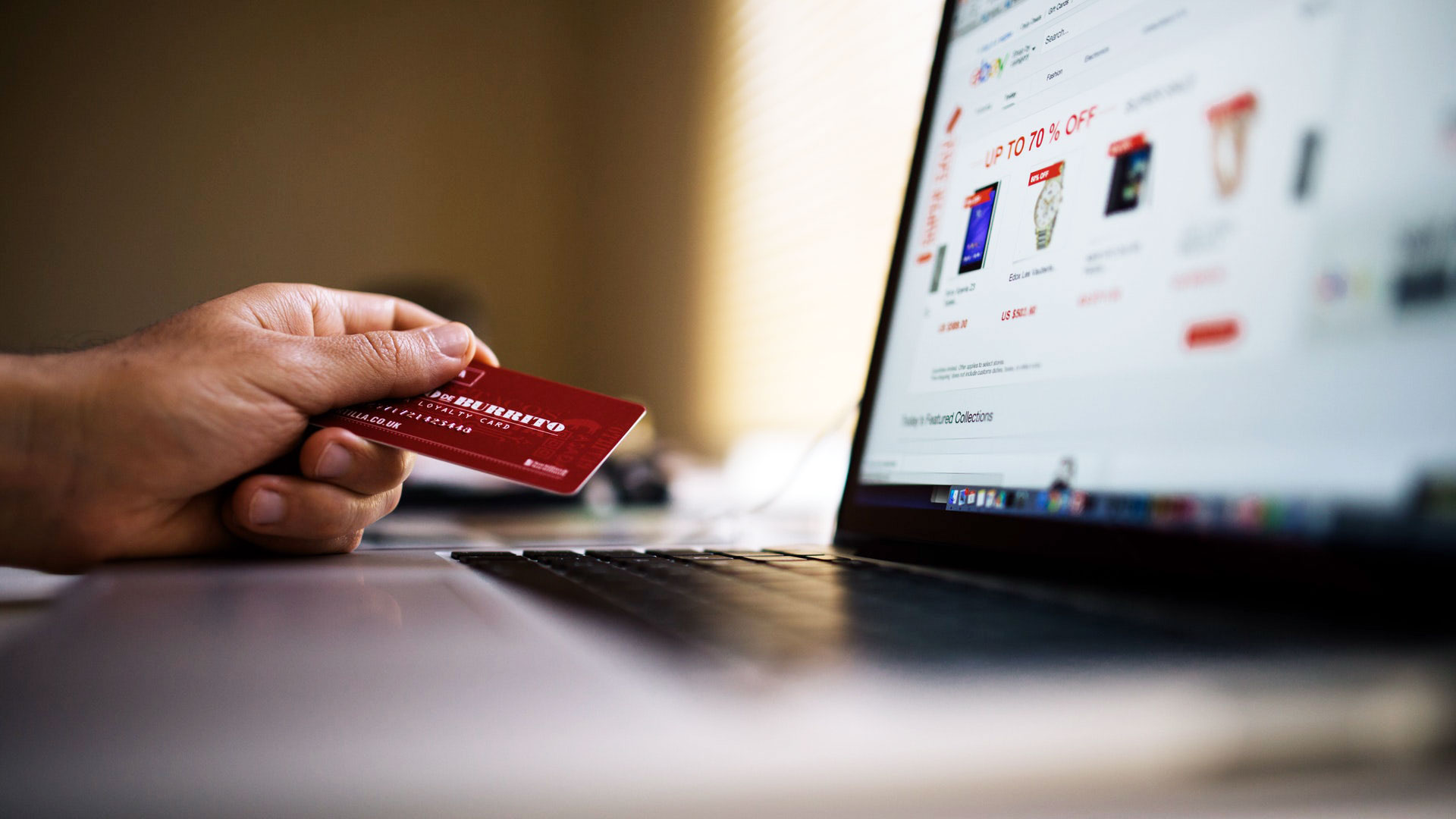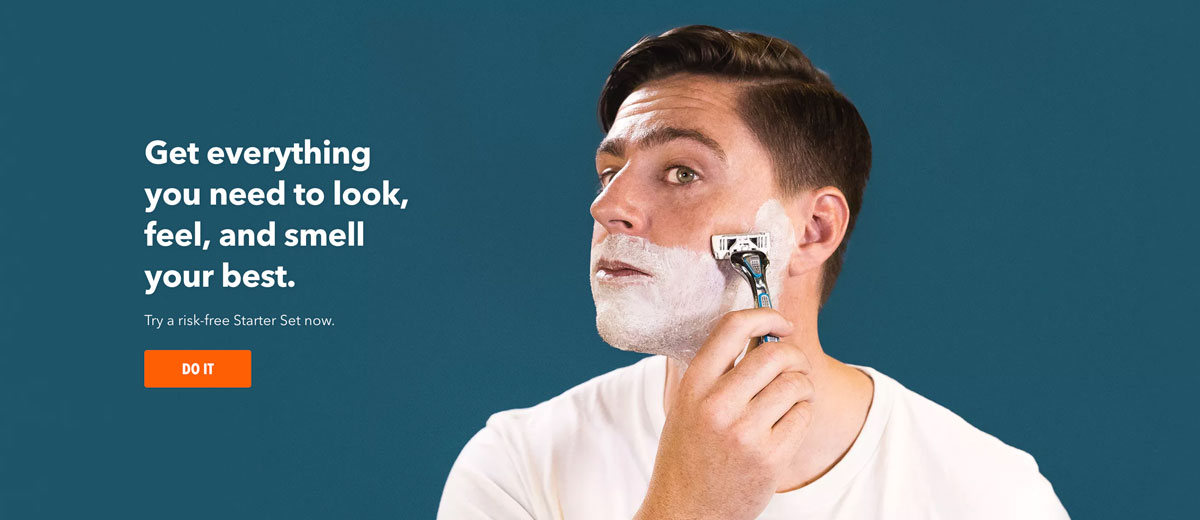
Getting people to want to buy your products and services can be tough.
After all, there’s so much competition out there, all vying for your same customer base, it’s a wonder anyone succeeds at conversion rate optimization (CRO).
So, how exactly are you supposed to stand out amongst the crowd and convince people to buy from you?
It’s easy to apply the basic CRO strategies found all across the web.
For example, optimizing headlines, images, and call-to-action (CTA) buttons are all great ways to encourage people to convert.
But what most people fail to capitalize on are the psychological triggers that you can easily add to your website that are designed to drive your site visitors to take action.
That’s why today, we’re going to share with you some of the best psychological triggers you can add to your website for an increase in both conversions and sales.
1. Reciprocity
The theory behind reciprocity is that in giving your site visitors something for free, they’ll be compelled to respond by giving back.
In other words, if you give your site visitors a free incentive (like an eBook or exclusive coupon), your site visitors are more likely to give you something in return.
This is what’s called a lead magnet, and it works great for establishing a relationship with customers that will soon lead to more sales.
When it comes to boosting conversions and sales, here is one of the best ways to get people to give in to their desire to reciprocate when you’ve done something for them:
Free Gift with Purchase
Favored highly by the beauty industry, giving away a free gift to customers after they’ve made a purchase is one of the best ways to get people to buy more than they originally intended.
For example, Macy’s offers their customers a free 4-piece gift with any $75 purchase. This makes people feel the need to buy more to receive more (in the form of free gifts).

2. Solid First Impressions and Commitment
We all know the important role first impressions play when it comes to getting a customer to commit to a purchase.
In fact, when it comes to your website, it only take 50 milliseconds for people to decide whether you have what they want or not.
Creating brand recognition and building customer loyalty through great first impressions is vital to boosting conversions and sales.
That’s why you should focus on creating a strong value proposition on your home or landing pages like Dollar Shave Club does:

Not only do they clearly state what it is they’ll provide you, they tell you to “Do It”, which is a great copy.
Plus, they mention that your Starter Set is risk-free, which is another psychological trigger (called commitment) that gets people to convert, even when they are unsure.
Warby Parker excels at the commitment trigger by giving you five frames to try on at home, and after five days, if you aren’t happy you can return them all, no questions asked.
This psychological trigger puts customers near the purchase finish line because once they open their box of frames, they’ll immediately feel committed to make a purchase.
In addition to creating a value proposition designed to get people to convert, you should also put emphasis on improving your site’s speed and performance by using a CDN.
This way people won’t click away from your site out of frustration when your website doesn’t load quick enough once they land on it.
3. Add Social Proof
The social proof you add to your website acts as a psychological trigger to get others to do exactly as customers before them have, which is convert.
83% of people trust the opinions of friends and family when it comes to recommendations.
So, it makes sense to add testimonials and reviews of previous customers to your website to encourage people to buy.
For example, Kissmetrics includes testimonials of current users stating that with Kissmetrics, conversion increases are possible:

In the end, your customers will likely follow those that have “been there done that” and add to your sales revenue by buying what other people in the past have.
4. Create a Sense of Urgency (Fear)
There’s no other emotion that will trigger your site visitors to take action more than the concept of FOMO, or “The Fear of Missing Out.”
Losing money, failing in their business ventures, or missing out on a great deal are all ways to trigger people to subscribe to your email list or better yet, purchase from your online shop.
Take for instance WPForms, one of the leading WordPress contact form plugins on the market to date:

To start, they offer a sweet deal to those interested in buying their plugin.
In addition, they also put a working countdown timer on their site, which instills a sense of fear that if you don’t buy their product right now, you’ll miss out on their 20% off sale.
This sense of urgency is enough to get most people that are leaning towards buying your product to make the leap towards finalizing their purchase.
After all, missing out on a great deal is not a good feeling.
Final Thoughts
Setting up your eCommerce shop, publishing killer content, and driving traffic to your site is only half the battle when it comes to boosting conversions and sales.
In fact, the most important part of generating more sales is providing a user-friendly experience for every person that visits your site, no matter where they are in the buying process.
Using psychological triggers is one of the best ways to encourage people to take action once they land on your site.
And the great thing is, these triggers are often undetectable by your site visitors, despite their powerful effect.
So, give your site visitors a memorable shopping experience while tapping into their emotional states, and watch your conversions and sales boom.
Have you ever used any of these psychological triggers on your website to boost conversions or sales? Have we left off any important ones you’d like to share? We would love to hear all about it in the comments below!
Response to “4 Psychological Triggers to Boost Conversions and Increase Sales”
Thank you so much for all the great information. I hope one day I have a successful business and can pass information to others to help them. I have been in customer service in retail forever and a store manager for one big box retail store and now at smaller company but would love to have something of my own to be proud of.